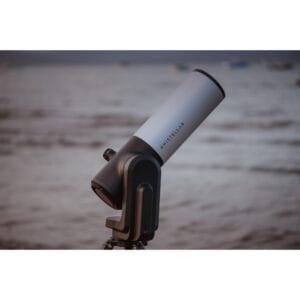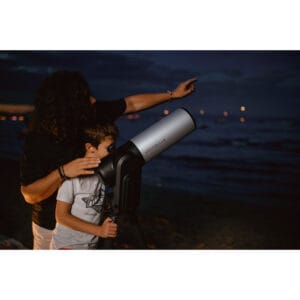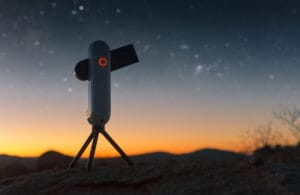Observing the M3 star cluster in April: how to find this deep-sky classic
Observing the M3 star cluster in April is one of the most beautiful challenges for both beginners and advanced observers. M3 is a globular cluster of more than 500,000 stars and is over 11 billion years old. In April, it is favorably positioned in the sky, making this the perfect time to seek it out.
What Exactly is M3?
M3 (Messier 3) is a globular cluster in the constellation Canes Venatici (Hunting Dogs), not far from the bright star Arcturus in the constellation Boötes (Herdsman). The cluster is located about 34,000 light-years from Earth and contains a mix of old red giants and young blue stars – a rare combination.
What makes M3 unique is the number of variable stars it contains – more than 270. This makes the cluster not only visually impressive but also scientifically interesting. It was one of the first globular clusters to be discovered (1764) and remains popular among amateur astronomers.
How Do You Find M3 in the Sky?
Finding M3 in April is relatively easy if you know where to look. The best method is to use the familiar constellations Big Dipper and Boötes. Follow these steps, or simply use apps like Stellarium or theskylive.com/planetarium.
- Find the Big Dipper (Ursa Major).
- Follow the curve of the handle to the orange star Arcturus – this is called “arc to Arcturus”.
- Draw an imaginary line from Arcturus to the star Cor Caroli in Canes Venatici.
- M3 is located approximately one-third of the way along that line, slightly above the middle.
From a dark location, you might see M3 as a faint fuzzy spot with the naked eye or binoculars. With a telescope, the globular structure really comes to life.
Image usage – alt text: “Location of M3 star cluster relative to the Big Dipper and Arcturus”
What Do You Need to Properly Observe M3?
Although M3 is visible with binoculars under excellent conditions, a telescope is highly recommended. Here are some observation tips:
✓ Telescope: minimum 70 mm aperture, preferably with magnification between 50x and 150x.
✓ Binoculars: 10×50 or larger can help locate M3.
✓ Location: choose a dark spot, preferably without light pollution.
✓ Timing: the best time is around 10:00 PM local time, mid-April.
✓ Moon phase: conditions are ideal around new moon (April 27).
Want to get more out of your observation? Use a star map app or planetarium software like Stellarium or SkySafari to find M3 precisely.
What Does M3 Look like through a Telescope?
Through a telescope at low magnification, M3 appears as a small nebulous ball. At higher magnification (from 100x), you can often resolve individual stars at the cluster’s edge, especially with telescopes of 100 mm or larger. M3 isn’t as bright as M13 in Hercules, but it has a very compact and symmetrical structure that makes observing absolutely worthwhile.
The center often remains grainy, even at higher magnification. This is typical for globular clusters: the core is extremely densely populated and often remains unresolved without very large telescopes.

Photographing M3
M3 is also suitable for astrophotography. Even with a simple tracking mount and DSLR, you can capture its structure beautifully. For best results:
- Use exposures of 15-60 seconds.
- Combine multiple photos (stacking) for more detail.
- Use a telescope with good focusing and track accurately.
With smart telescopes like the Seestar S50 or DWARF 3, you can even track and photograph M3 automatically with minimal effort. These models are ideal for those who want to capture deep-sky objects without advanced knowledge of night photography.
Summary: why M3 is a Must-See in April
Observing the M3 star cluster is a springtime highlight. With its rich stellar density, great age, and relatively easy findability, M3 is an ideal target for anyone wanting to step into deep-sky observation.
Want to see M3 yourself? Check out our telescope buying guide for deep-sky objects or try an automated model like the DWARF 3 or Seestar S50.




